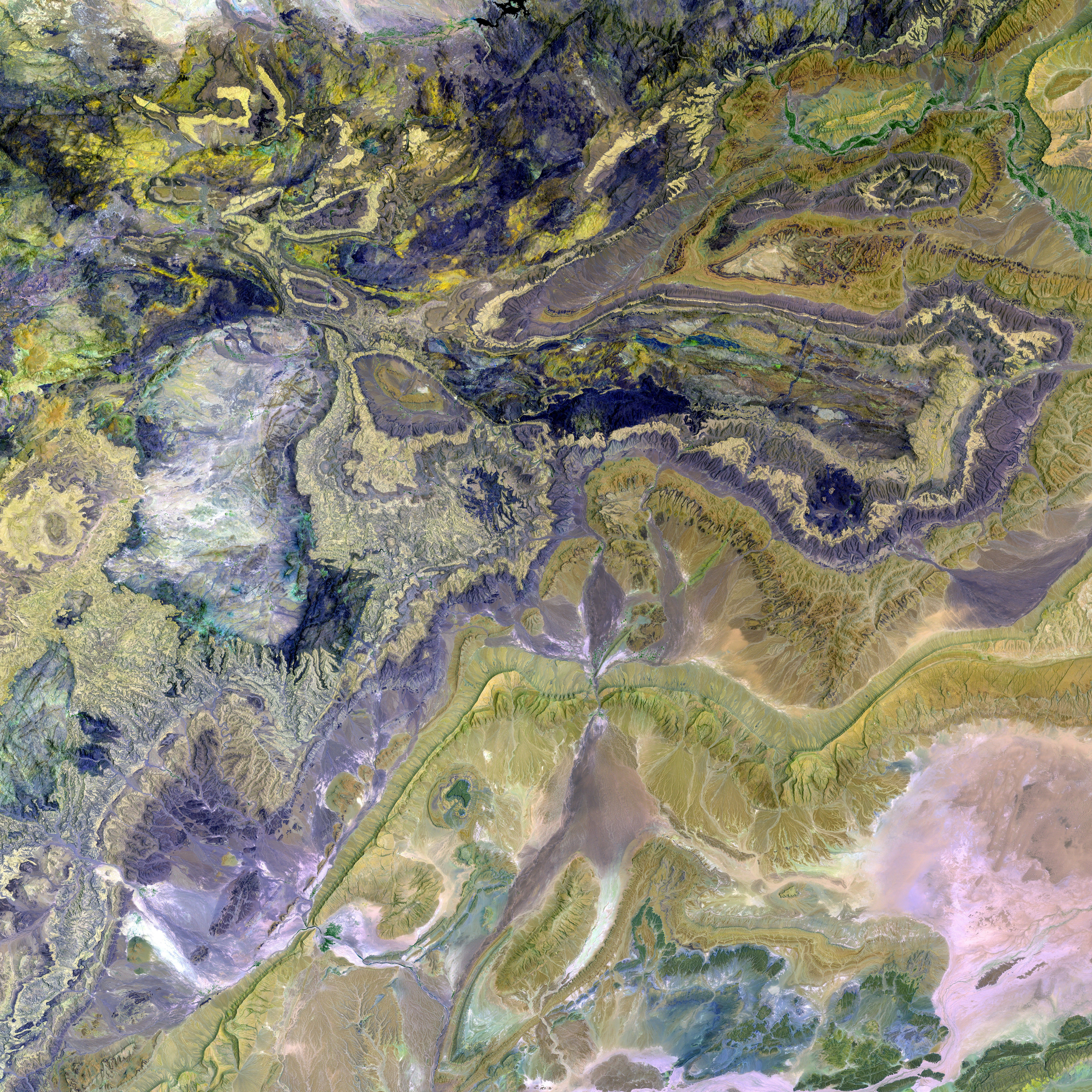Rapid, severe rosacea: Understanding causes, signs, and solutions
Rosacea Fulminans: A Severe, Rare Skin Condition
Rosacea Fulminans is an uncommon and severe form of inflammatory skin disorder that typically manifests suddenly, predominantly affecting the central part of the face. This condition is also recognized as Pyoderma Faciale. It presents as flushed, swollen, and painful nodules and pimples on the forehead, nose, cheeks, and chin. These symptoms contrast profoundly with those of rosacea or acne as they are significantly more severe and rapid in onset.
The condition primarily affects females of childbearing age. Despite extensive research, the exact cause remains elusive. A 2020 review suggests a potential link with conditions such as inflammatory bowel disease and pregnancy, along with a higher likelihood of occurrence in individuals who have experienced some form of rosacea previously.
Triggers for rosacea Fulminans may include emotional stress, hormonal fluctuations, and certain medications. Additionally, a 2021 literature review indicates that certain dietary factors could potentially trigger or worsen rosacea symptoms. Some of these dietary triggers include spicy foods, alcohol, and foods containing cinnamaldehyde like chocolate, tomatoes, and citrus fruits. Also, high consumption of histamine-rich foods and beverages, such as wine, aged cheese, and processed meats, as well as hot drinks, may exacerbate rosacea symptoms. However, it is important to note that this information is not specific to rosacea Fulminans.
Treatment for rosacea Fulminans generally involves corticosteroids, such as oral isotretinoin, and may include stress management and diet modification. Antibiotics, when combined with corticosteroids and lifestyle changes, may also be effective in managing rosacea Fulminans symptoms.
Identifying and avoiding triggers, such as reducing stress through meditation, deep breathing exercises, and regular exercise, making dietary changes like reducing alcohol consumption, and using gentle skin care products on the face, may be helpful in managing symptoms. A healthcare professional can provide personalized advice to address specific triggers.
Individuals experiencing sudden onset of symptoms, large, tender nodules, abscesses, significant facial discomfort, or ocular symptoms (dry, burning, or itching eyes, light sensitivity), should speak with a dermatologist or another healthcare professional. Seeking prompt medical attention is essential to accurately diagnose the condition and initiate treatment, thereby potentially reducing the risk of complications such as scarring and infections.
In summary, Rosacea Fulminans is a rare and severe inflammatory skin condition that affects the central face, characterized by sudden onset of acne-like lesions. Individuals experiencing these symptoms should promptly consult a healthcare professional for accurate diagnosis and personalized treatment. By identifying triggers and managing them, along with medical interventions, symptoms can be effectively managed, leading to an improved quality of life.
- Rosacea Fulminans, an extreme form of inflammatory skin disorder, is primarily observed in females of childbearing age, and is often mistaken for acne due to its acne-like lesions.
- Although extensive research has been conducted, the precise cause of Rosacea Fulminans remains a subject of investigation, with potential links suggested to conditions like inflammatory bowel disease and pregnancy.
- Triggers for Rosacea Fulminans include emotional stress, hormonal fluctuations, certain medications, as well as dietary factors such as spicy foods, alcohol, cinnamaldehyde-rich foods like chocolate, tomatoes, and citrus fruits, and high histamine content in foods and beverages.
- Management of Rosacea Fulminans often involves corticosteroids like oral isotretinoin, antibiotics, stress management, diet modification, and identifying triggers to reduce their impact on symptoms, under professional medical guidance.








